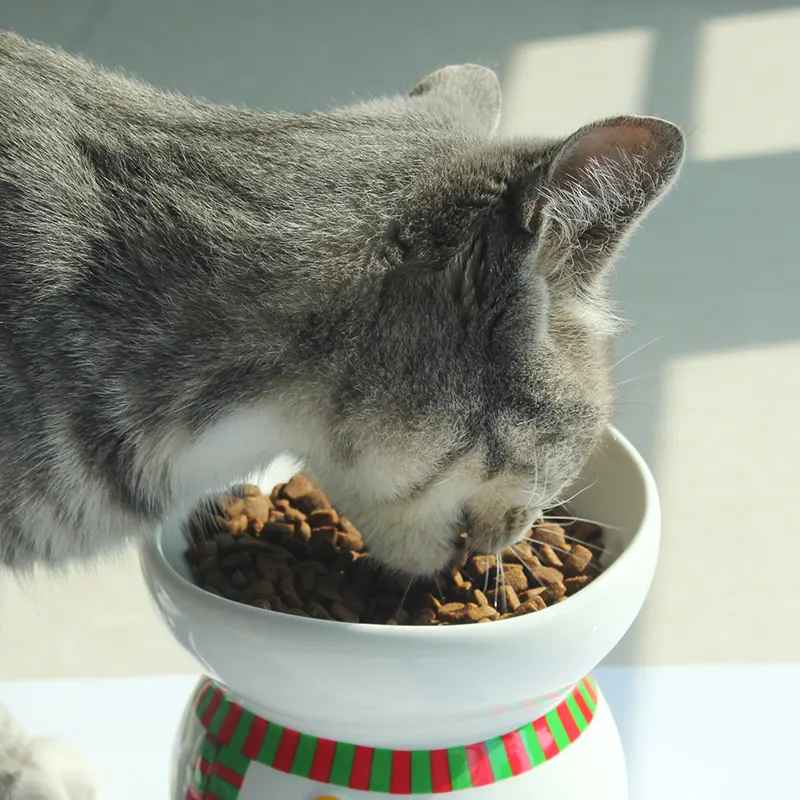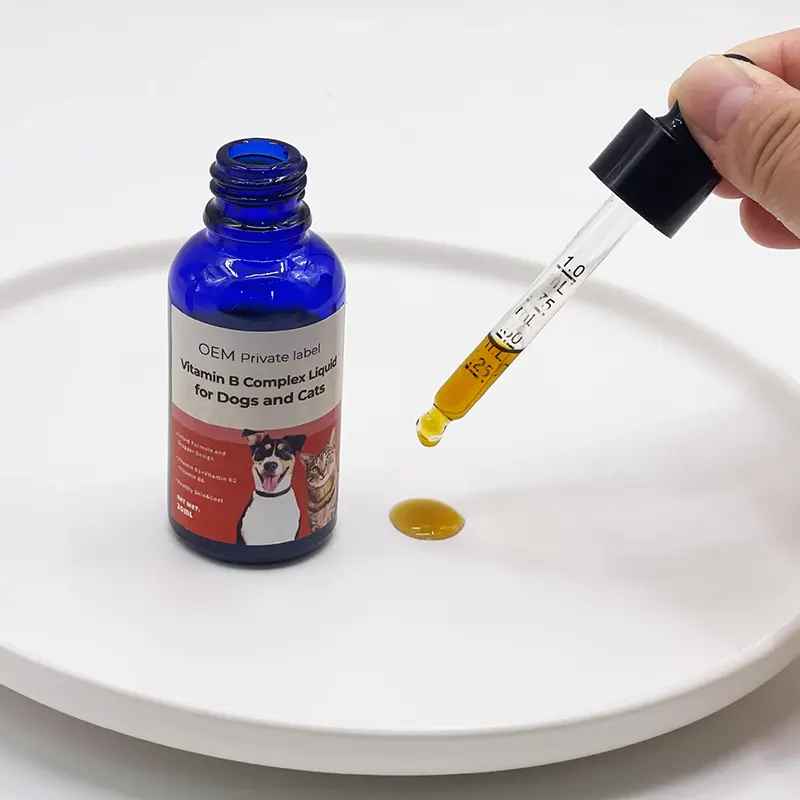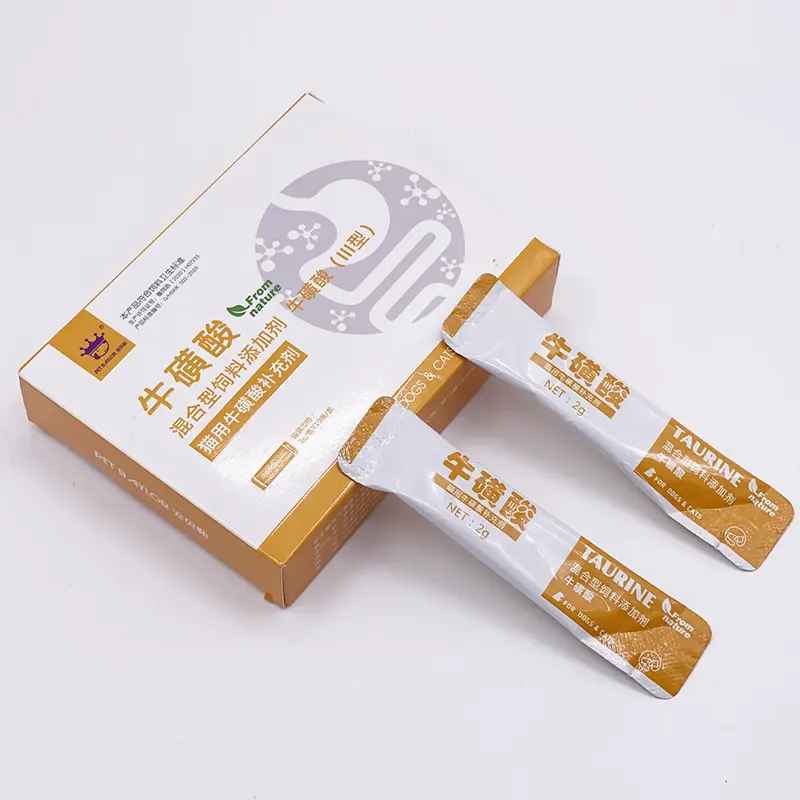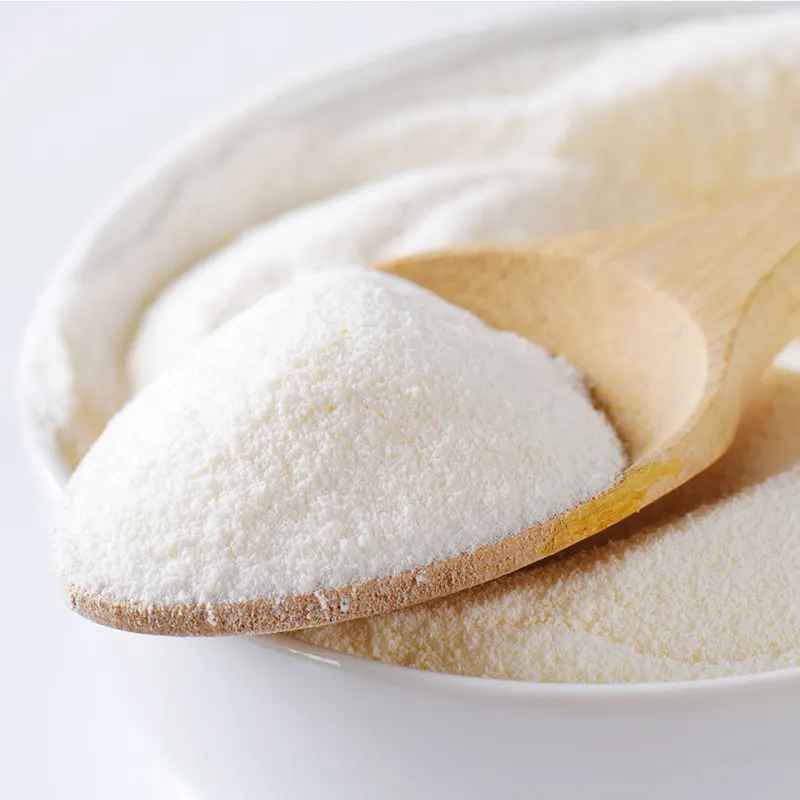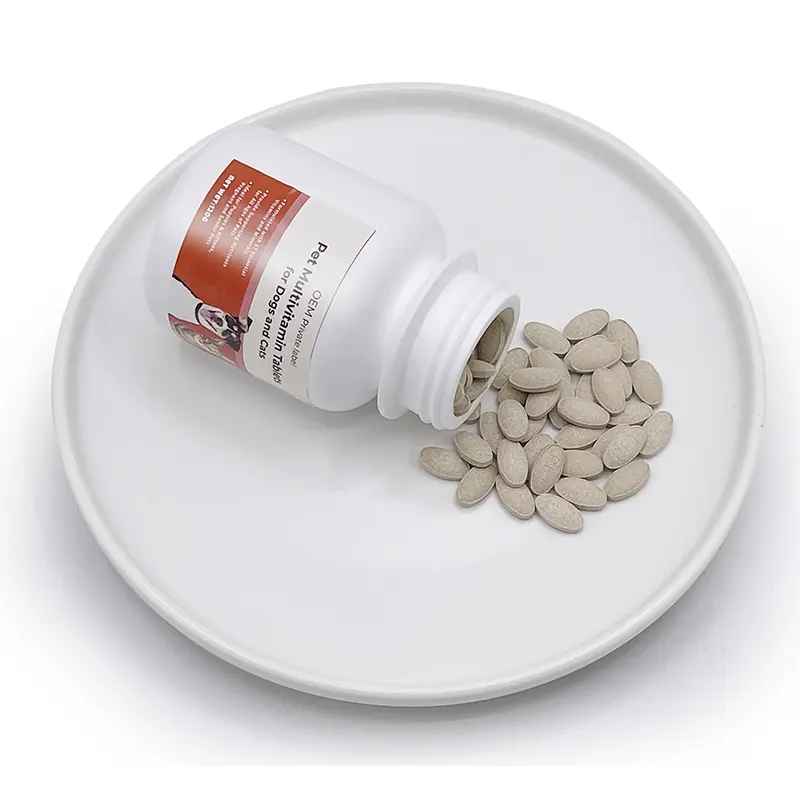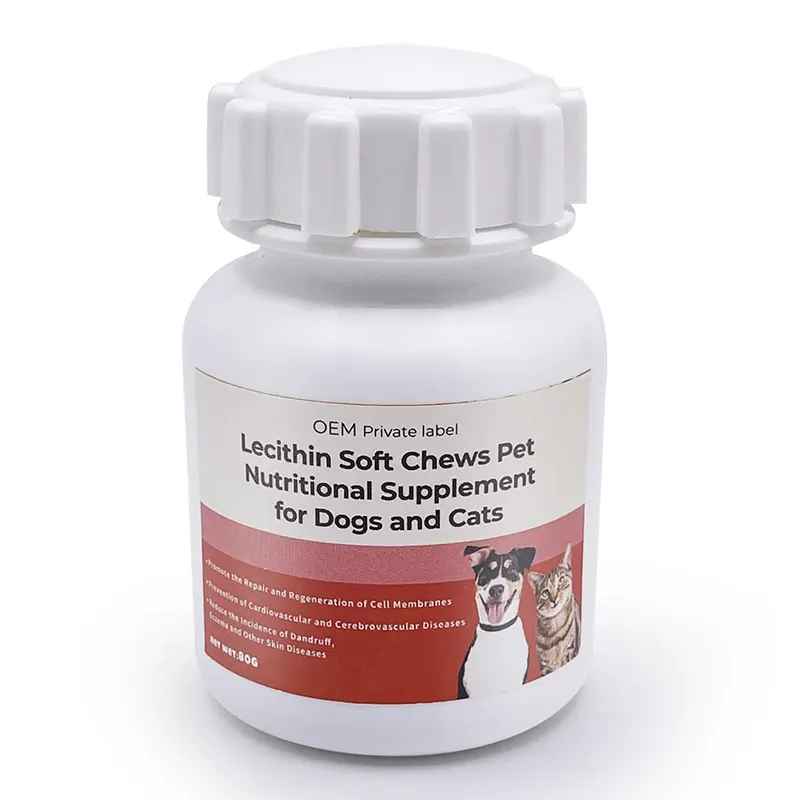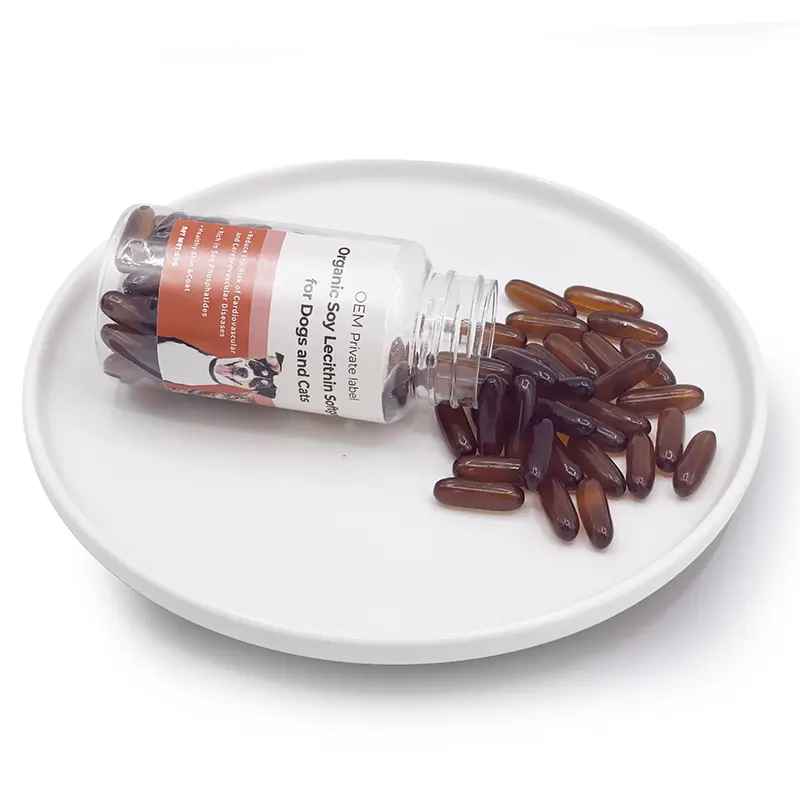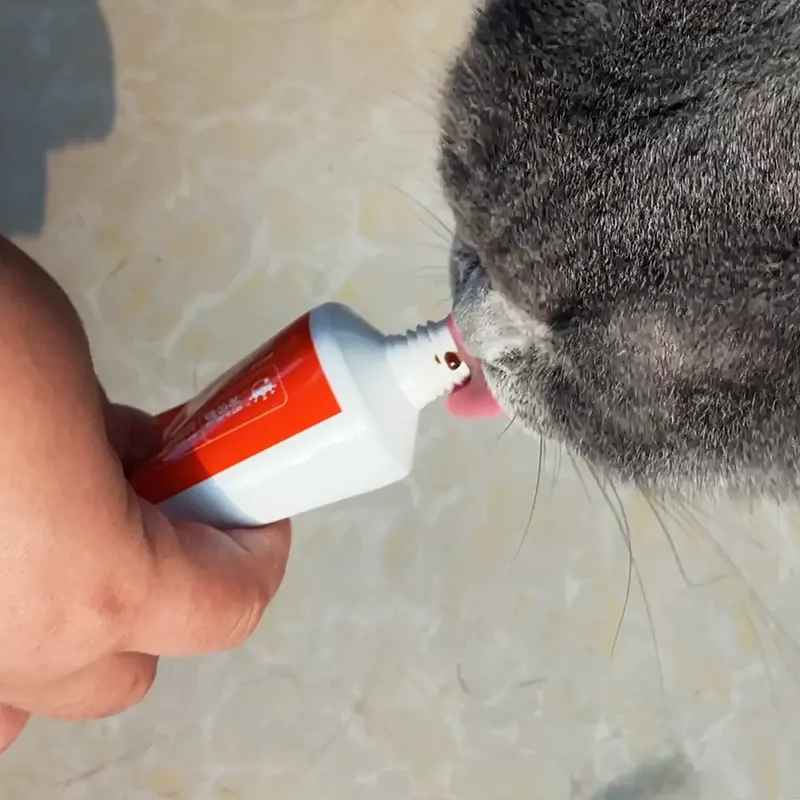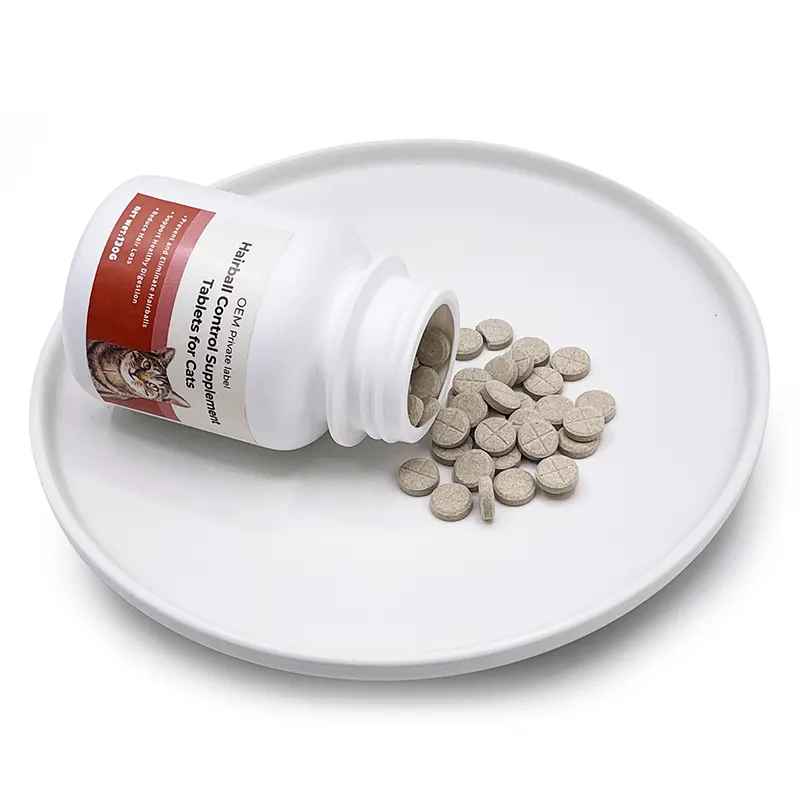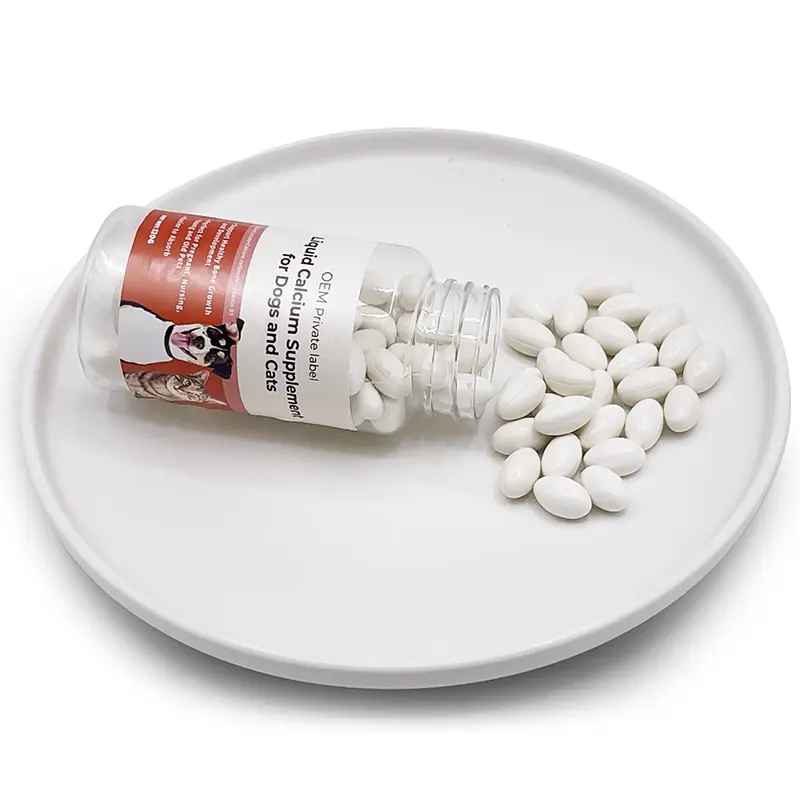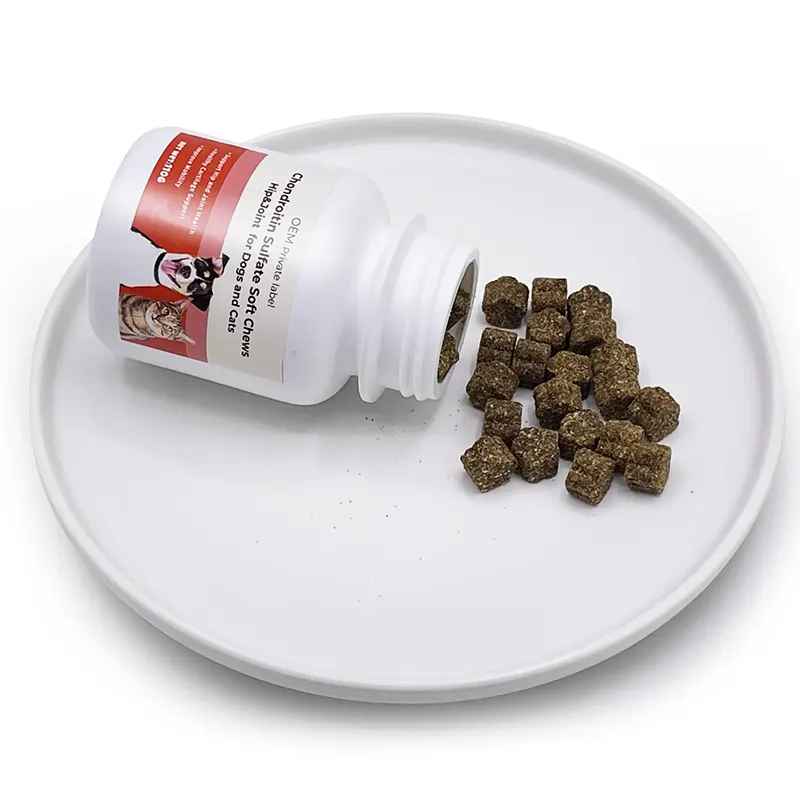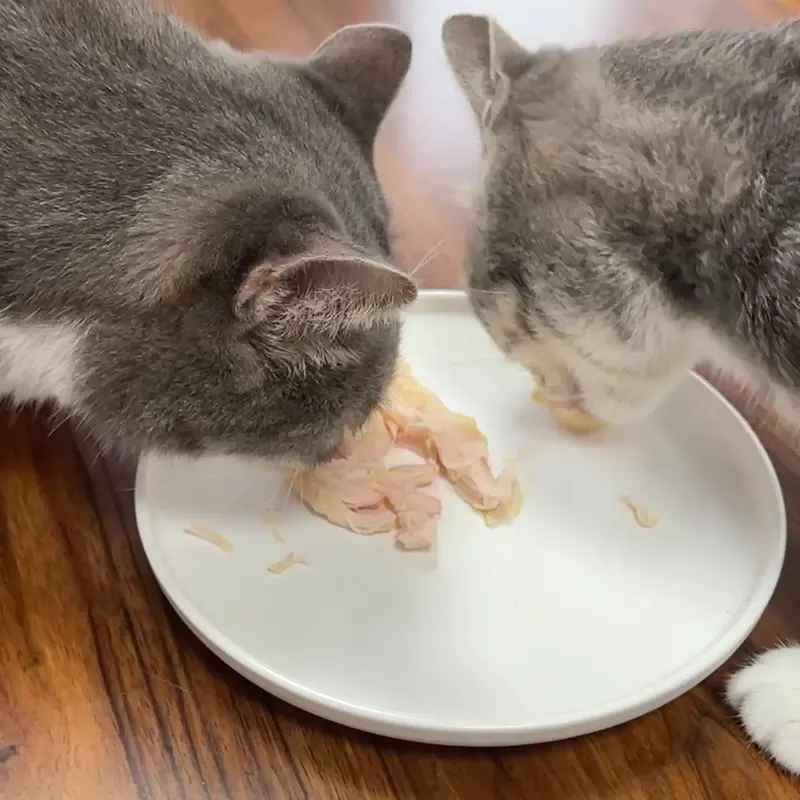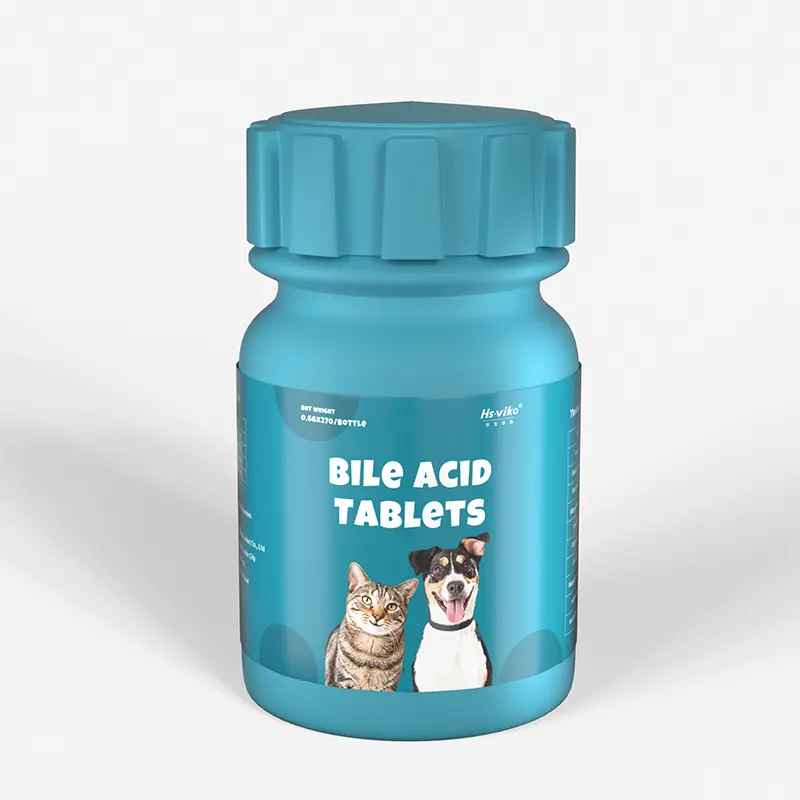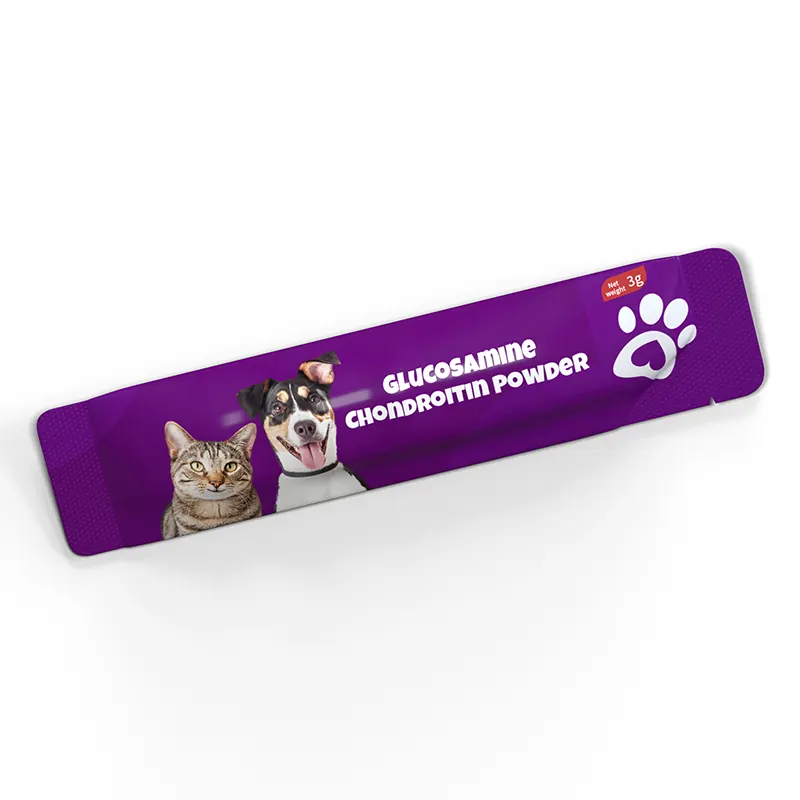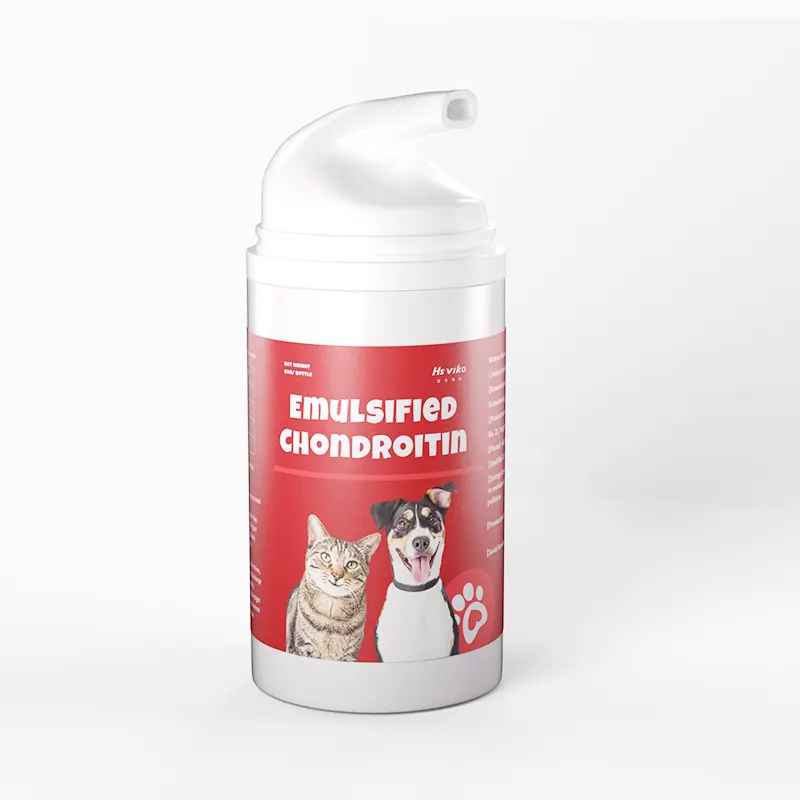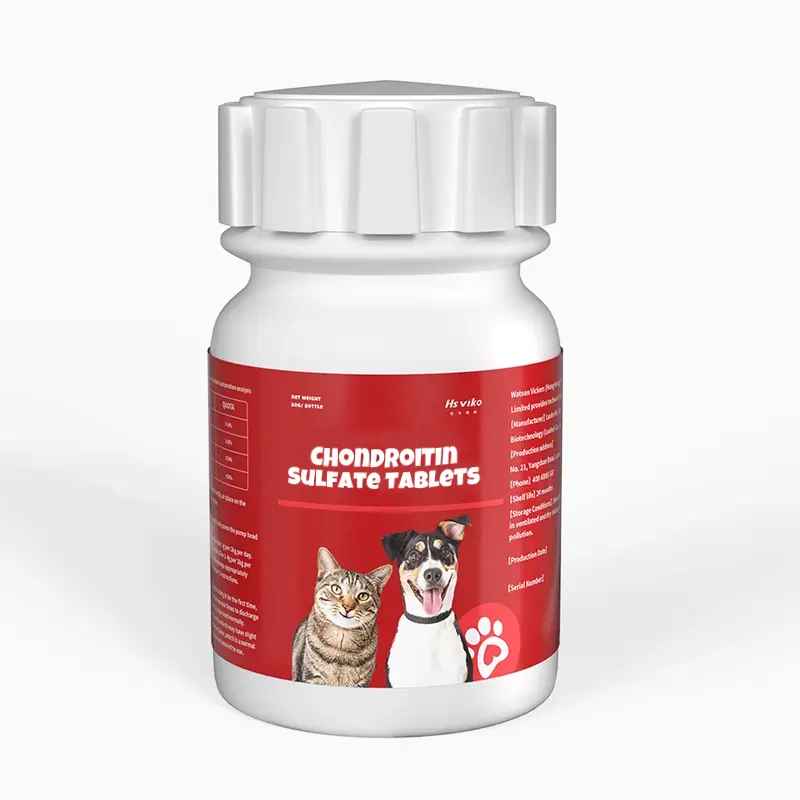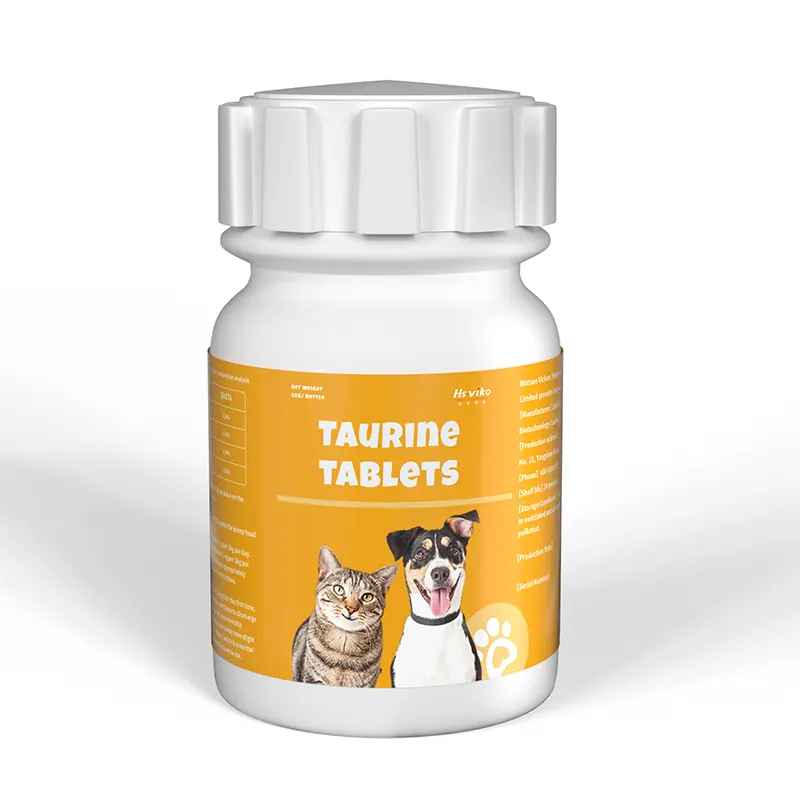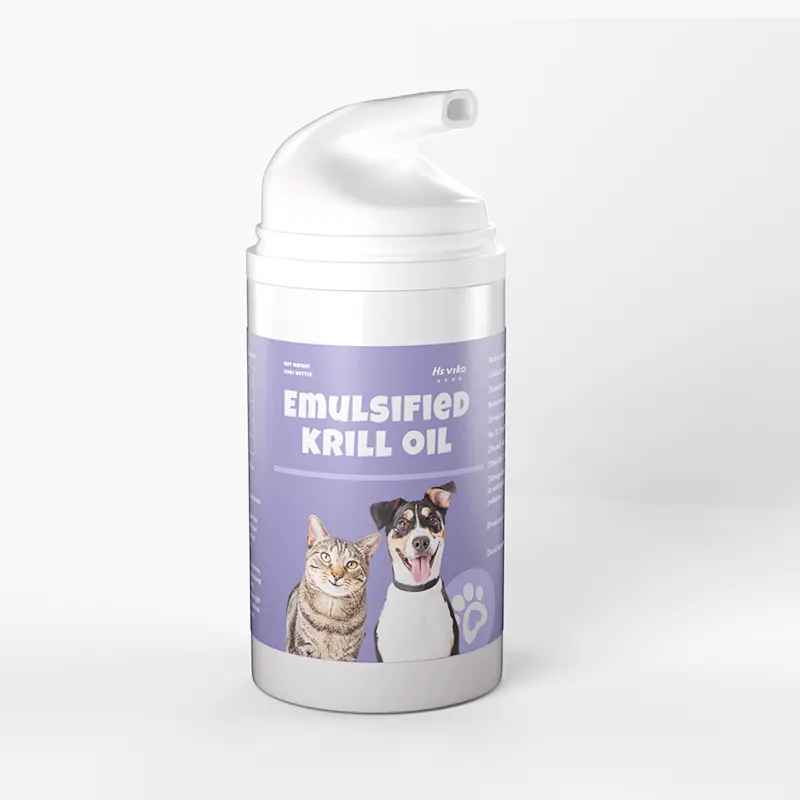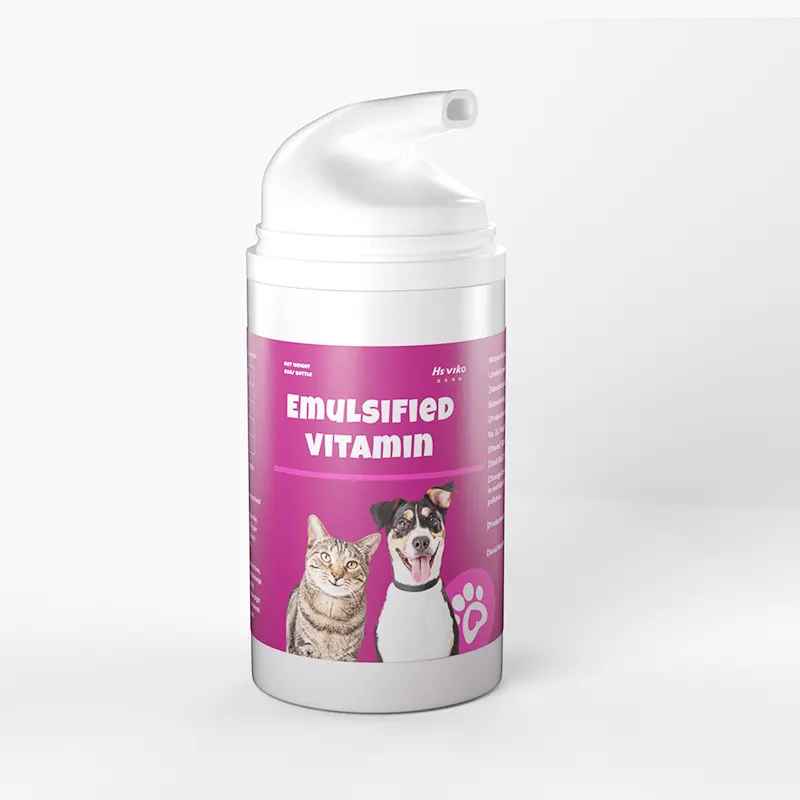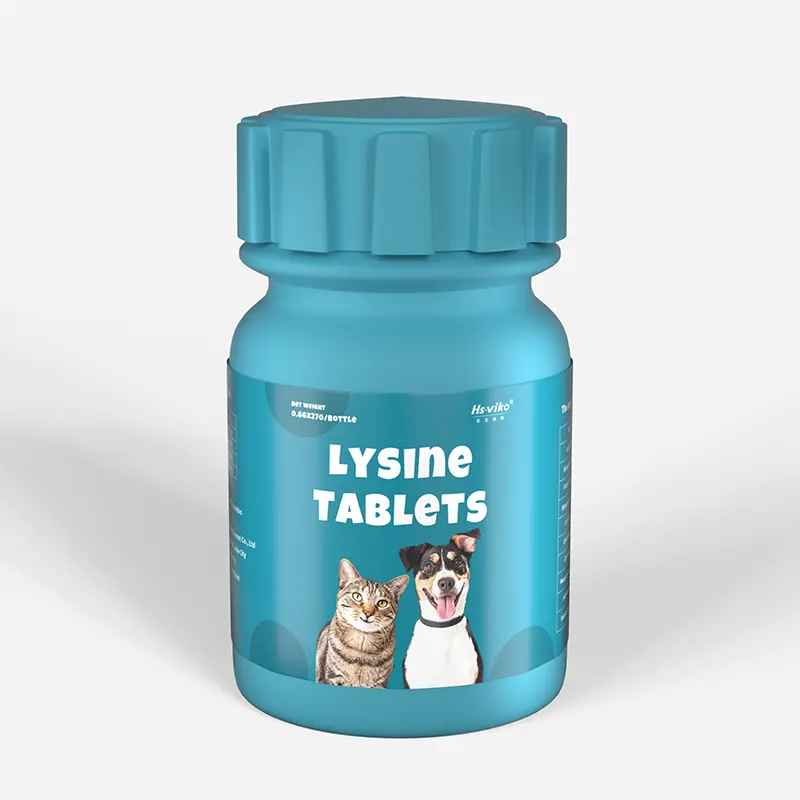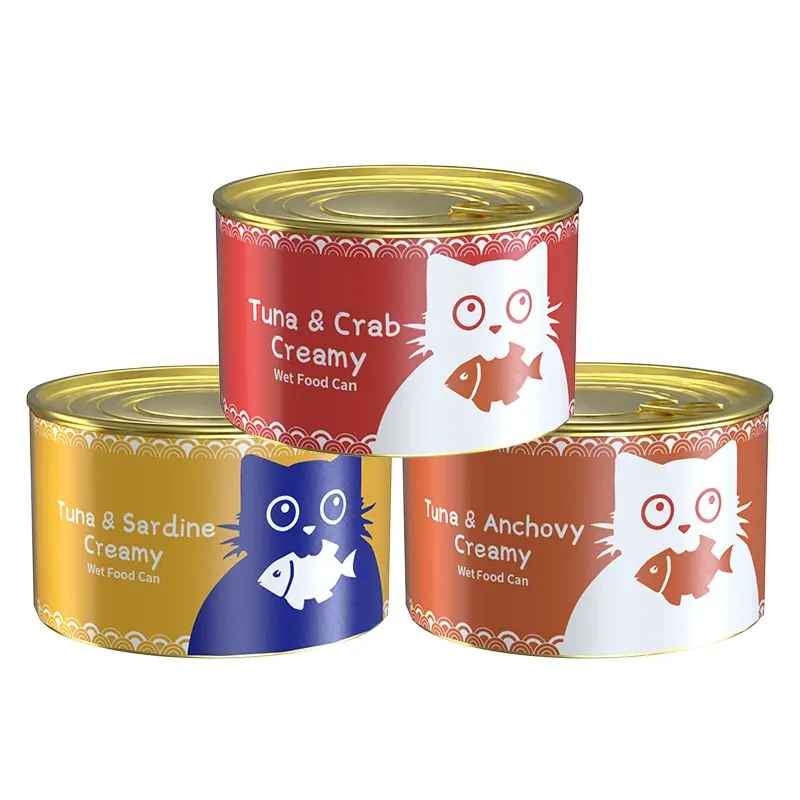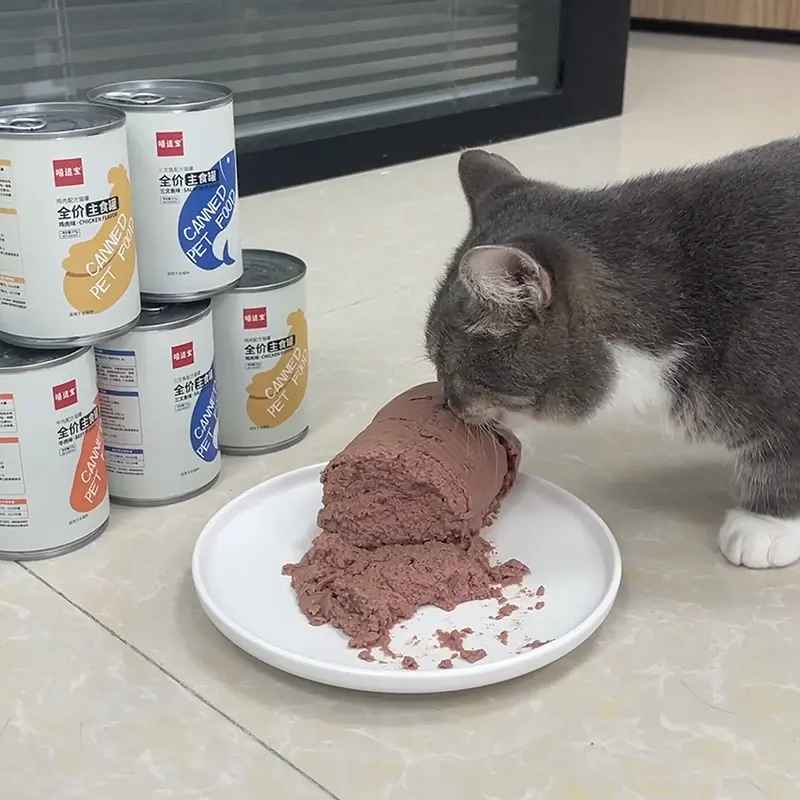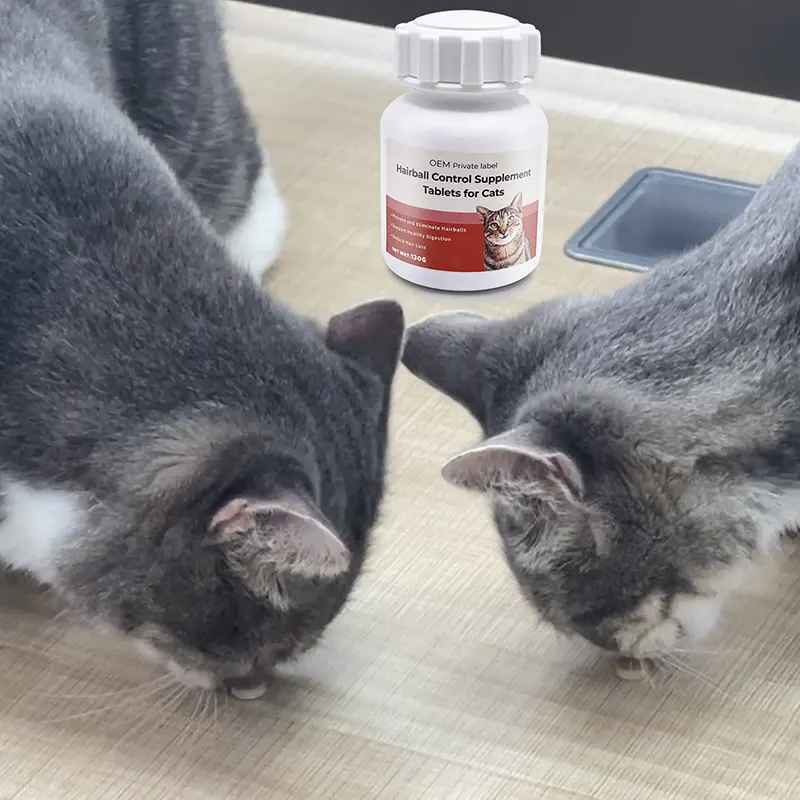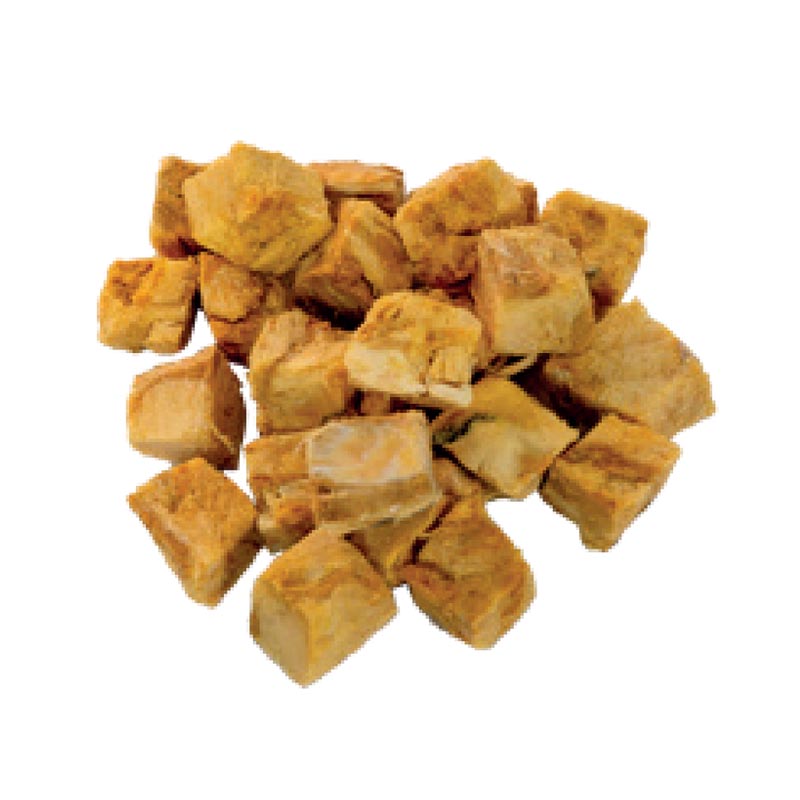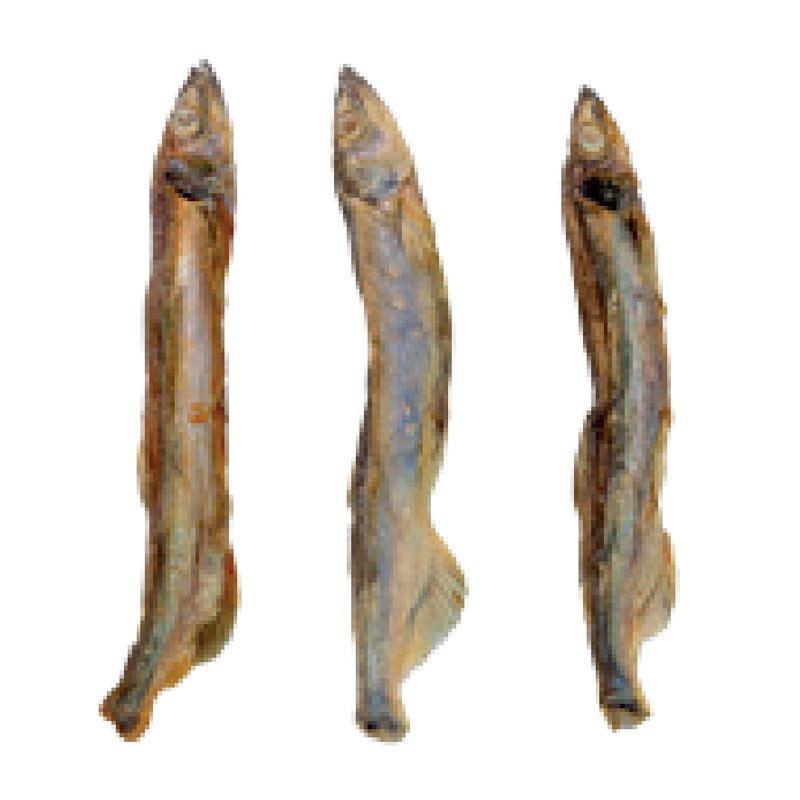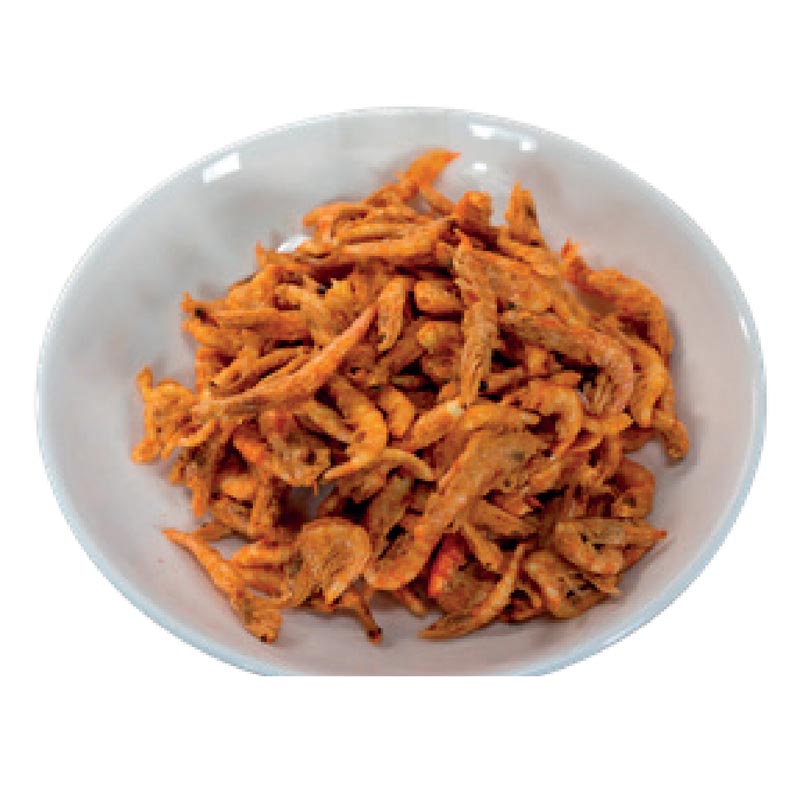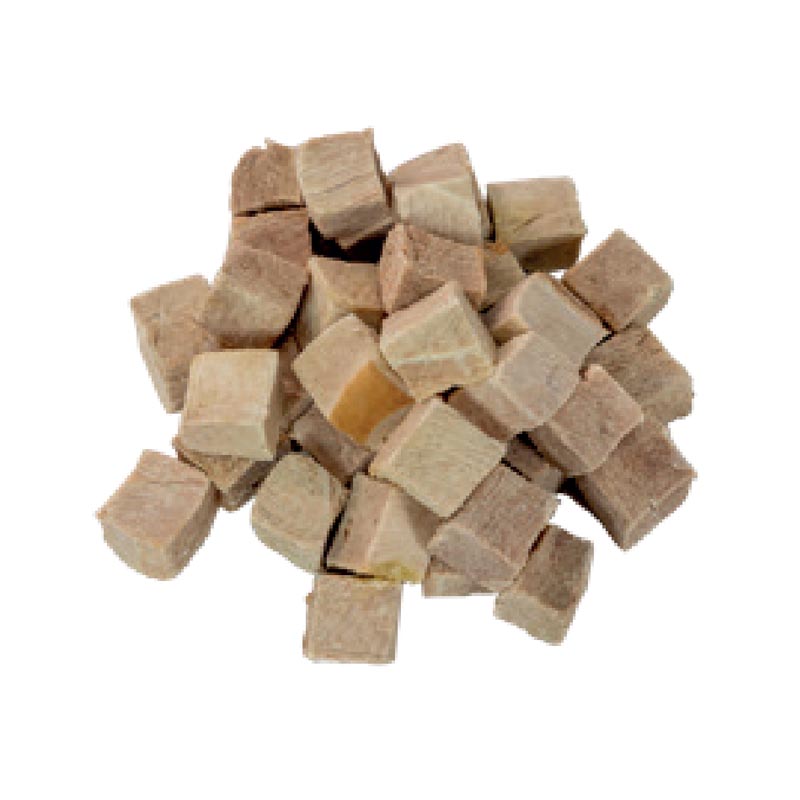How much dry food to feed a cat?
The amount of dry cat food you feed your cat usually depends on factors such as your cat’s age, weight, lifestyle, health, and the nutritional content of the cat food.
Many cat owners, including me (I have five cats!), all love a chubby cat. To show your love, you may give them tons of treats. When chubby they nimbly run towards us, they look cuter.
But the truth is that excessive obesity or overweight is not good for your cat’s health. Excessive obesity can lead to joint problems, increased heart burden, and increased likelihood of diseases such as high blood pressure in cats.
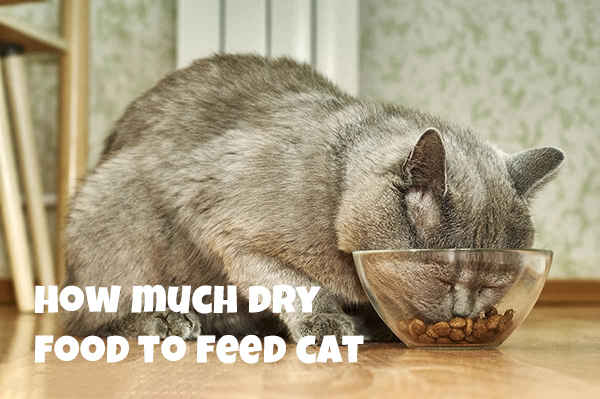
Studies have shown that thinner pets will live longer than heavier pets. The ideal body shape for a cat should have ribs that can be easily touched, a slightly sunken abdomen, and no visible accumulation of fat around the waist.
Therefore, it is important to feed your cat sensibly and correctly to control their weight and help them live a long and happy life.
So, how should I feed my cat? How much should I feed my cat? These are controversial questions for pet parents and veterinary professionals alike. Hsviko will share with you today the science of feeding your cat, analyzing the nutritional content of dry food, and the condition of your cat in many ways.
How to determine how much dry food to feed your cat?
First of all, I recommend you consult your cat’s veterinarian first. Let them do a thorough examination of your cat and then give you the ideal weight for your cat based on its condition.
Overweight cats reduce their weight with a proper diet and underweight cats need to gain weight for their cat. A decision is then made on how much dry food to feed the cat.
Before determining how much dry food to feed your cat, we need to know the main ingredients of the dry food and the cat’s nutritional needs, and then decide how much to feed according to your cat’s specific situation.
Probiotic supplements for Cats
- Probiotic Nutritional Cream Supplement for Dogs and Cats
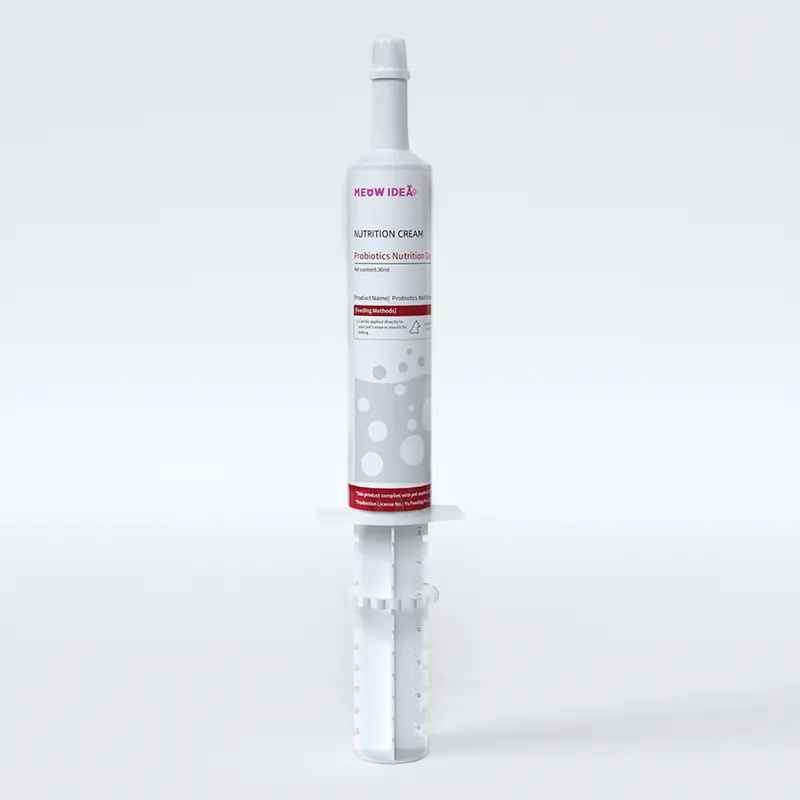
- Chewable Probiotic Supplement for Dogs and Cats

- Probiotic Tablets for Dogs and Cats

Determine how much cat food to feed according to the cat’s situation
Weight: overweight cats need to lose weight through a reasonable diet. Excessive weight is not conducive to the health of cats, and it is more conducive to the health of cats by appropriately reducing the proportion of the cat’s staple food so that the cat’s weight is restored to a normal state. While underweight cats need to appropriately increase the proportion of dry food, the cat’s weight is back to normal.
Kitten (2-6 months): Kitten cats are in the growth stage and need more energy and protein. High-quality cat food and sufficient nutritional support are needed to ensure normal development and growth.
Older Cats: Older cats think their metabolism is slowing down and have potential health problems, they need low-calorie, easily digestible food.
Activity level: Cats that are playful and active overall require more energy than cats that prefer to sleep, and use more energy.
Health conditions: For some cats with health problems, such as kidney disease, obesity, or digestive sensitivities, specially formulated cat foods should be chosen following your veterinarian’s recommendations. Cats prone to allergies should choose grain-free cat food.
Living Environment: Cats living in cold environments may need more cat food, such as indoor or outdoor cats in the winter.
The best way to determine how much cat food to feed your cat is to talk to your veterinarian to make the best choice based on your cat’s food and your cat’s condition.
Examples of daily calories based on your cat’s weight
Kittens 0 to 4 months
1 lb (~0.45 kg) kitten: requires approximately 77-90 calories per day, this is a very small kitten and needs to be fed with extra care and may require more frequent smaller portions.
2 lb (about 0.9 kg) kitten: needs about 110-130 calories per day.
3 lbs (about 1.36 kg) kitten: needs about 150-170 calories per day.
4 lbs (about 1.8 kg) kittens: need about 190-220 calories per day.
5 lb (~2.27 kg) kitten: close to the upper end of this age range and may require 240-280 calories per day, but this may also be more appropriate for very active or large breed kittens.
Kittens 4 months to adult
5.5 lb (~2.5 kg) kittens: need about 258-285 calories per day, which applies to smaller kittens who are just starting in this stage.
6.5 lbs (about 2.95 kg) kittens: need about 285-315 calories per day.
7.5 lbs (about 3.4 kg) kittens: need about 315-345 calories per day.
8.5 lbs (about 3.85 kg) kittens: need about 345-375 calories per day.
9.5 lbs (about 4.3 kg) kittens: need about 375-405 calories per day.
10 lb (~4.5 kg) kitten: close to adult weight, may need 405-435 calories per day, especially for more active cats or certain large breeds.
Nutritional Supplement for Cats
- Liquid B Complex Vitamin for Dogs and Cats
- Taurine Supplements for Dogs and Cats
- Goat Milk Powder Supplement for Dogs and Cats
- Nutritional Gel Supplement for Dogs and Cats
- Multivitamin Supplements Tablets for Dogs and Cats
Neutered/Desexed Adult Cats
Due to the changes in hormone levels in the de-sexed cat’s body, the metabolism slows down. A smaller energy intake is often required compared to unneutered cats.
Intact adult cats
Unneutered cats usually have a higher metabolic rate compared to neutered adult cats because of the metabolic boost from sex hormones such as testosterone and estrogen, which results in them needing more calories to maintain their weight and daily activities.
Keep in mind that each cat’s specific needs may vary depending on age, health, activity level, and other factors. It is important to have your cat’s weight checked regularly and to discuss and develop an individualized diet and health management plan with your veterinarian.
Determine how much dry food to feed your cat based on its weight
Typically, adult cats are fed roughly between 1.5% and 2.5% of their body weight in dry food. For example, a 4kg cat may need 60-100g of dry food per day.
If weight loss is required, it can be reduced to 1% to 1.5% of body weight; weight gain can be appropriately increased to 2.5% or even higher, but care should be taken to avoid excessive weight gain.
In addition to the control of the amount of dry food, you should also ensure that the cat has enough fresh water to drink. And wet food or canned food can be added as needed to enrich the cat’s diet and increase water intake.
- Lecithin Soft Chews for Dogs and Cats
- Lecithin Capsules for Dogs and Cats
- Hairball Control Gel for Cats
- Best Hairball Control Tablets Supplement For Cats
- Best Krill Oil for Cats and Dogs
- Omega 3 Deep Sea Emulsified Fish Oil for Pets
How much dry food to feed a cat per day?
Kitten (2-6 months)
Cats at this stage are in a period of rapid growth and development and need more nutrition. The daily intake of dry food is 50-80 grams, divided into multiple feedings, 3-4 times a day, and keep fresh water for 24 hours.
Adult Cats
The dry food intake of adult cats is about 30-100 grams. Specifically, cats weighing less than 3 kilograms are recommended to consume 30-50 grams per day; cats weighing 3-5 kilograms are recommended to consume 75-100 grams.
It is also recommended that adult cats should consume an amount of food equivalent to 1/2 to 1/3 of their body weight per day, which is approximately 100-200 grams of dry cat food per day, but the actual amount needs to be adjusted according to the actual condition of the cat.
Elderly cats
The metabolism of older cats slows down and may need to reduce their calorie intake. The specific amount should be adjusted according to the veterinary advice, which is usually lower than the recommended amount for adult cats and pays more attention to the quality and digestibility of the food.
- Liquid Calcium Supplement for Dogs and Cats
- Goat Milk Calcium Supplement for Dogs and Cats
- Chewable Glucosamine Chondroitin for Dogs and Cats
How many times a day should a cat eat?
Kittens (0-6 months)
Kittens usually need to be fed more frequently to support their rapid growth and development. It is usually recommended to split 3-4 meals per day, gradually decreasing to 2-3 meals per day as they get older.
Adult cats (usually 1 year old and above)
Most adult cats can adapt to a 1-2 meal per day feeding schedule. Some cats may prefer regular feeding twice a day, while other cats, especially those that can self-regulate their food intake, can be fed ad libitum, but care needs to be taken not to overdo it.
Older Cats
Older cats may have slowed metabolism and health problems that require adjustments to the frequency and amount of feeding, and it is usually recommended to maintain 2 meals per day while paying attention to the digestibility and nutritional ratios of the food.
It is important to observe the cat’s response and physical condition and adjust the feeding program as appropriate. If the cat has a tendency to become too fat or too thin or has special health needs, the veterinarian’s advice should be followed to adjust the frequency and amount of feeding. In addition, keeping the water source clean and adequate is vital for cats of all ages.
- Cat Gravy Pouches wet Treats
- Boiled Chicken Breast Treats for Dogs and Cats
- Cranberry Cod Wet Cat Treats
Evaluating your cat’s diet
Once you have decided how much dry food to feed your cat, you can continue for some time (which can be 3-4 weeks) to check on your cat’s diet. Adjust how much dry food you feed your cat based on their eating habits. There are usually the following points you need to be concerned about:
There are leftovers left in the cat food bowl
Being hungry in the middle of the day or at night (cats always purr)
The cat’s bowl is clean and there is no noticeable change in weight
The cat has gained weight or lost weight
With the concerns above, you can go ahead and adjust how much dry food to feed your cat. If the cat’s cat food bowl is always empty and it always meows, you can add some cat food for it appropriately; if there is always leftover cat food in the cat’s bowl and the cat has gained weight, you can reduce some cat food appropriately.
Conclusion
How much dry food you feed your cat should be adjusted according to your cat’s condition and the nutritional content of the dry food, and look for a vet checkup to get advice on your cat’s optimal weight. Getting the right amount of food is one of the keys to ensuring a long and healthy life for your cat. Through careful observation, timely adjustments, and working closely with your veterinarian, you can develop a diet plan that works best for your cat. Remember, patience and careful attention will keep your little furball in tip-top shape and enjoying every day with you.
One of the most powerful pet product brands in China. With more than ten years of experience in pet supplements is production. Provides one-stop service for pet health care products, medicine and food for the whole world, including customization, OEM, ODM and wholesale.
Related Posts:
- Lysine Benefits for Cats, Dosage, and Safety Tips for All Ages
- Cat Exercise and Nutritional Balance Guide: Boosting Cat Health with Pet Supplements
- What vitamins do cats need? Pregnant Cats & Older Cats Complete Guide
- Lysine supplements for cats: effects, benefits and side effects
- What Vitamins Should I Give My Cat? Expert Tips for Cat Owners
Search
© 2023-2024. All Rights Reserved. Copyright By HsViko Pet Supplies | Privacy Policy
